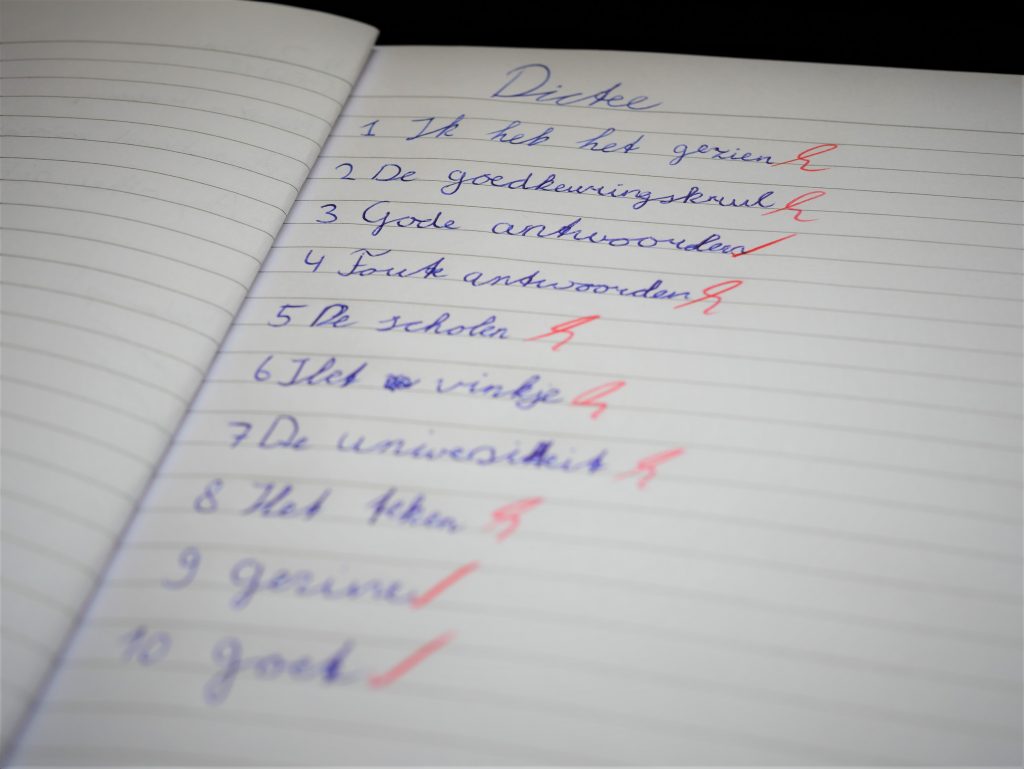The Dutch “Krul” – A Unique Mark of Approval Posted by Sten on May 13, 2019 in Dutch Language, Dutch Vocabulary
There are many quick ways to quickly show your approval in writing. A very common sign of goedkeuring (approval) is the vinkje (check mark). While the vinkje is sometimes also used in the Netherlands, the goedkeuringskrul (“approval curl”) is a lot more common! But why this difference, and where do these signs come from?
What is it used for?
The goedkeuringskrul has been around for many decades now, and is widely used in scholen (schools) and universiteiten (universities) across the Netherlands to indicate goede antwoorden (correct answers). Foute antwoorden (wrong answers) are usually marked with a simple slash, X or even a vinkje! So where the vinkje means “correct” or “seen” in other countries, it can indicate a wrong answer in the Netherlands.
Where does it come from?
Where both these tekens (marks) come from is unclear. One thing that is for sure is that the vinkje is a lot older. It is probably a steno (shorthand) for the Latin “vidit”, which means “seen”. Others say it comes from the French “vu”, with the same meaning. Since both of those languages have been dominant in Europe for a long time, it makes sense that this mark made such an impact!
The goedkeuringskrul did not get all that much fame. It definitely was not used in the 16th and 17th century yet. Probably, it only came into use in the 19th century. This may have come along with the growing (government) bureaucracy. And what does the goedkeuringskrul stand for?
Well, that is not clear, either. It may stand for gezien (seen) or goed (good/correct). The krul looks a bit like a sloppy, fast-written g, just like the check mark looks like a sloppy and quick v. The krul is also used in Portugal, actually. The Portuguese claim that it stands for correcto (correct). Others say that the krul comes from the German richtig (correct), or that it is a quick X. I think the theory of the krul simply being a sloppy g the most plausible. That could explain why it did not find widespread adoption outside the Netherlands.
Who is right? We may never find out – the krul simply got its place in Dutch culture, even if we do not know where it comes from. And that is what makes it unique.
What do you think? Where does the krul come from? Do you use the krul? Had you heard of it before? Let me know in the comments below!

Build vocabulary, practice pronunciation, and more with Transparent Language Online. Available anytime, anywhere, on any device.







Comments:
Pete Swanson:
I’m definitely going with G for Goed. Even a capital G at that! I went to grade school for 3 years in the Netherlands during the 1970s. This little squiggly line was an indicator that you did something good. Each test answer got a squiggly line sometimes. But also if you wrote an essay sometimes that squiggly line would be slashed across the entire page as a mark of approval. I never questioned what do the lines stood for because I always recognized it as a G for Goed.
Pete